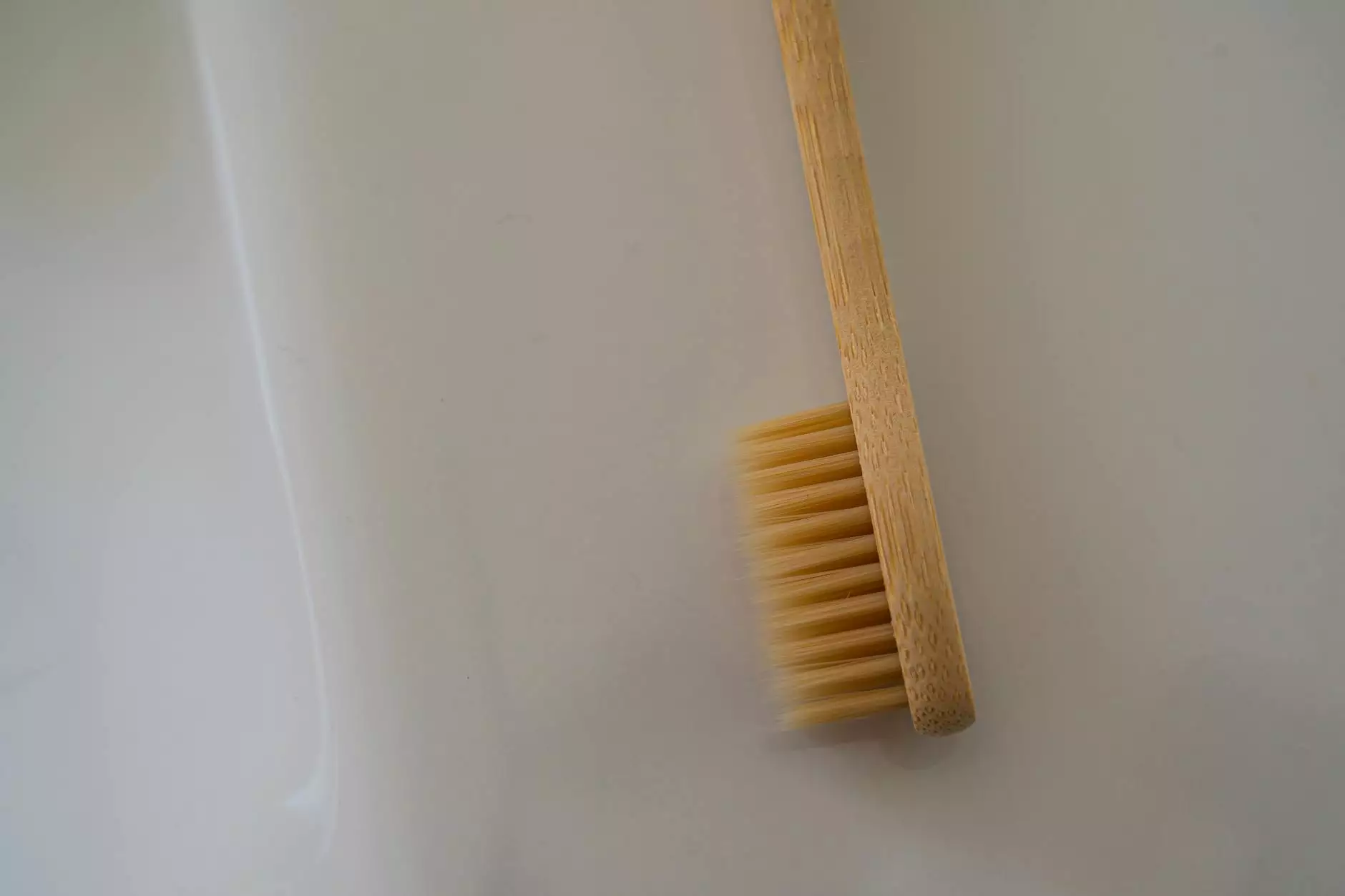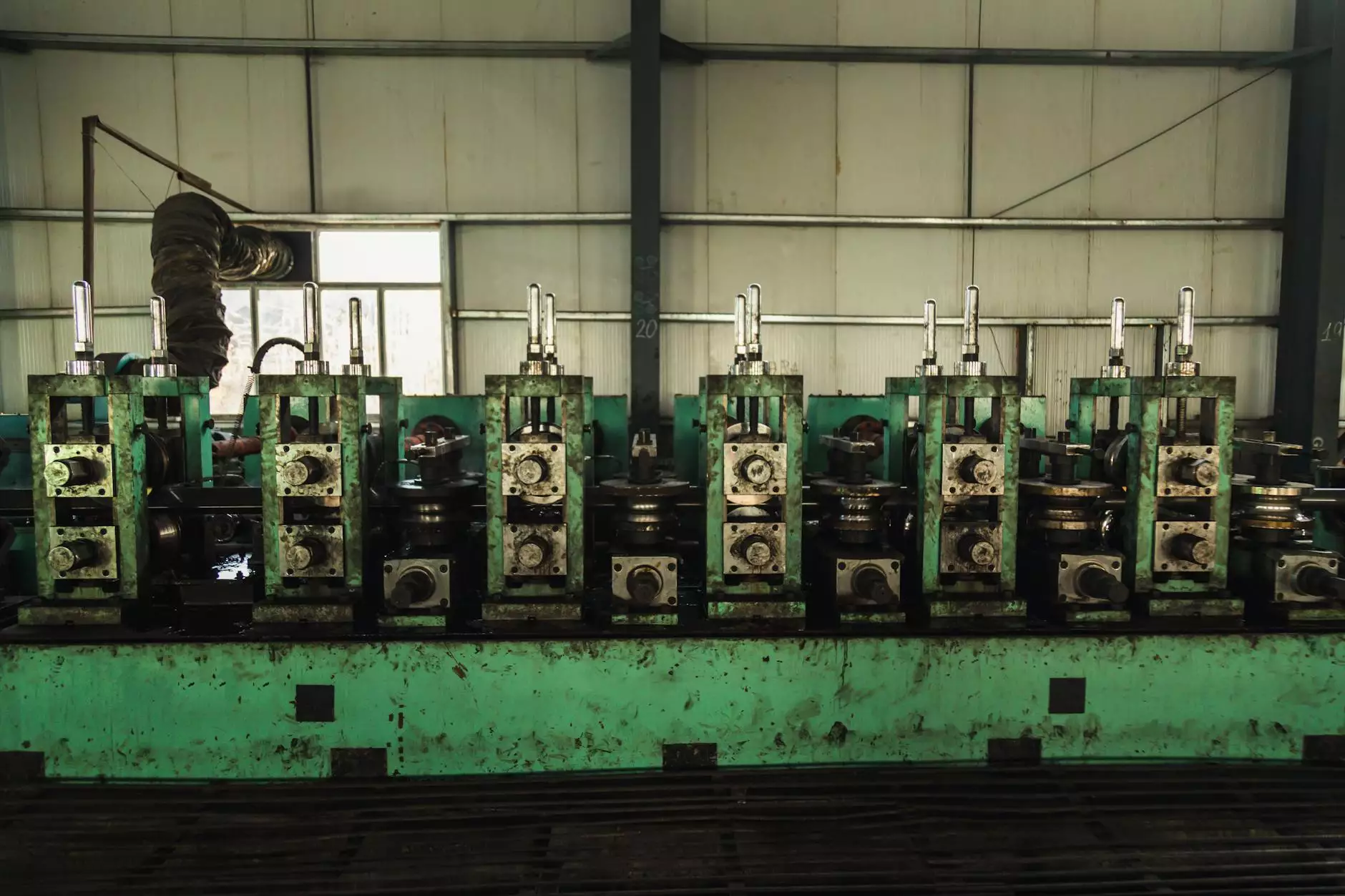How to Make Concrete Not Slippery When Wet

Concrete surfaces are a popular choice for both residential and commercial properties due to their durability and aesthetic appeal. However, one significant challenge that property owners face is the slippery nature of concrete when wet. This article will delve into how to make concrete not slippery when wet, providing extensive insights and practical solutions to enhance safety without compromising style.
Understanding the Problem
When water or any liquid accumulates on a concrete surface, the inherent properties of concrete can make it exceptionally slippery. This presents a safety risk, particularly in areas with high foot traffic. Factors contributing to slippery concrete include:
- Concrete finish: A smooth finish increases slipperiness.
- Environmental conditions: Rain, snow, and ice can exacerbate the issue.
- Surface contaminants: Oil, algae, and dirt can make concrete slick.
Why Slippery Concrete is a Concern
Ensuring that your concrete surfaces are safe is paramount. Here are a few reasons to address the slippery nature of these surfaces:
- Preventing accidents: Slips and falls can lead to serious injuries, liability issues, and increased insurance costs.
- Enhancing usability: Safe surfaces enable better use of areas such as patios, driveways, and walkways.
- Increasing property value: Well-maintained and safe surfaces add to the overall appeal and value of your property.
Methods to Make Concrete Less Slippery
Now, let’s explore various methods and techniques on how to make concrete not slippery when wet. These can be implemented during installation or retrofitted to existing surfaces.
1. Textured Finishes
One effective way to minimize slipperiness is by applying a textured finish to your concrete. Textured concrete provides additional grip compared to smooth finishes. Options include:
- Broom finish: This involves brushing the surface with a broom while the concrete is still wet, creating a series of small ridges.
- Exposed aggregate: This method exposes the aggregates in the concrete mix, enhancing texture and grip.
- Stamped concrete: This decorative technique not only adds aesthetic value but also incorporates patterns that create additional texture.
2. Anti-Slip Additives
If you're working with an existing concrete surface, consider using anti-slip additives. These can be mixed with sealers or paints and are designed to create a more textured surface. Some common types include:
- Sands: Finely graded sand can be added to the sealant for a gritty finish.
- Polymer additives: These provide a non-slip surface when applied.
- Gravel aggregates: Incorporating small gravel can enhance surface texture significantly.
3. Non-Slip Coatings
Applying non-slip coatings is another effective approach to treating slippery concrete surfaces. These coatings not only enhance traction but also provide additional protection against weathering and stains. Key features include:
- Acrylic coatings: Suitable for both indoor and outdoor applications.
- Epoxy coatings: Durable and resistant to chemicals, ideal for commercial spaces.
- Polyurethane coatings: Flexible and resistant to UV damage.
4. Implementing Drainage Solutions
Improper drainage can lead to puddling on concrete surfaces, increasing the risk of slips. Implementing adequate drainage solutions is crucial, including:
- Slope the surface: Ensuring the concrete is properly sloped facilitates effective water runoff.
- Install drains: Adding surface drains or French drains can help manage excess water.
- Maintain gutters and downspouts: Proper maintenance directs water away from concrete areas.
5. Regular Maintenance
Maintaining your concrete surfaces is essential for preventing slippery conditions. Regular maintenance activities include:
- Cleaning: Regularly removing dirt, oil, and other contaminants helps maintain traction.
- Sealing: Applying sealants not only protects the concrete but can also enhance slip resistance.
- Inspecting for wear: Regularly inspect for signs of wear and repair any surface damage to prevent slippery conditions.
Adapting Solutions for Different Settings
The method you choose may depend on the setting of your concrete surfaces. Here are tailored suggestions for various environments:
Residential Settings
For residential areas like patios and driveways, focus on aesthetic solutions that complement your home. Textured finishes and anti-slip additives can provide the necessary grip without compromising the beauty of your surroundings.
Commercial Settings
In commercial spaces, functionality is paramount. Consider using durable non-slip coatings and regular maintenance regimes as part of your facility management program to ensure employee and customer safety.
Outdoor vs. Indoor Surfaces
Outdoor surfaces face unique challenges with weather conditions. Employing strong non-slip coatings and ensuring proper drainage is essential in these settings. Indoor surfaces, while less susceptible to moisture, can still benefit from textured finishes and regular upkeep.
Final Thoughts: Your Safety Comes First
Ultimately, addressing the slipperiness of concrete surfaces is not just an aesthetic choice; it significantly contributes to the safety and functionality of your property. By understanding how to make concrete not slippery when wet, you can make informed decisions about the type of finishes, coatings, and maintenance practices that best suit your needs. Investing in proper solutions not only enhances safety but also increases the longevity and appeal of your concrete surfaces.
For more information and expertise on concrete care and maintenance, or to explore professional services in home and office cleaning that consider flooring safety, visit ND Clean.









